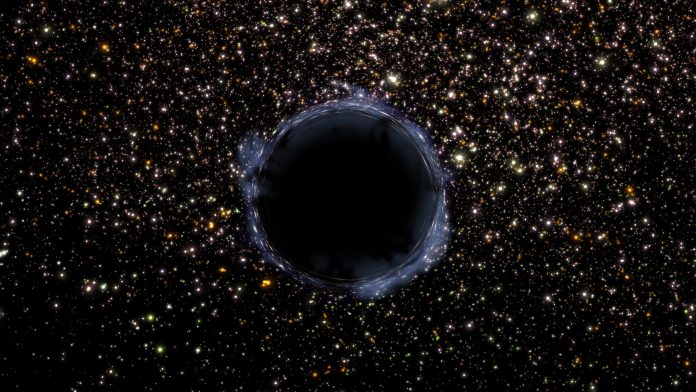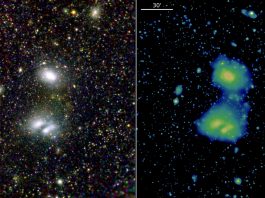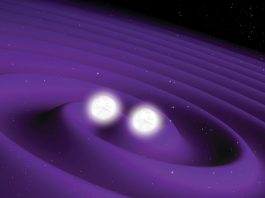New findings from the Hubble Space Telescope have provided strong evidence of the elusive mid-sized black hole in a dense star cluster.
Intermediate-mass black holes (IMBHs) or mid-sized black holes are believed to be the “missing link” in black hole evolution, few of which have been found to date. This new black hole is over 50,000 times the mass of our Sun.
“Intermediate-mass black holes are very elusive objects, and so it is critical to carefully consider and rule out alternative explanations for each candidate. That is what Hubble has allowed us to do for our candidate,” said Dacheng Lin of the University of New Hampshire, principal investigator of the study.
“Adding further X-ray observations allowed us to understand the total energy output,” said team member Natalie Webb of the Université de Toulouse in France. “This helps us to understand the type of star that was disrupted by the black hole.”
Continuing the search
Lin and his research team used Hubble to follow up on leads from NASA’s Chandra X-ray Observatory and the European Space Agency’s X-ray Multi-Mirror Mission (XMM-Newton), which carries three high-throughput X-ray telescopes and an optical monitor to make long uninterrupted exposures.
The X-ray source, named 3XMM J215022.4?055108, was not located in the centre of a galaxy, where massive black holes are normally found. This raised hopes that an IMBH was the culprit for the powerful flare of X-rays in 2006.
Hubble was pointed at the X-ray source to resolve its precise location. Deep, high-resolution imaging confirmed that the X-rays emanated not from an isolated source in our galaxy, but instead in a distant, dense star cluster on the outskirts of another galaxy.
Previous Hubble research has shown that the more massive the galaxy, the more massive its black hole. Therefore, this new result suggests that the star cluster that is home to 3XMM J215022.4?055108 may be the stripped-down core of a lower-mass dwarf galaxy that has been gravitationally and tidally disrupted by its close interactions with its current larger galaxy host.









